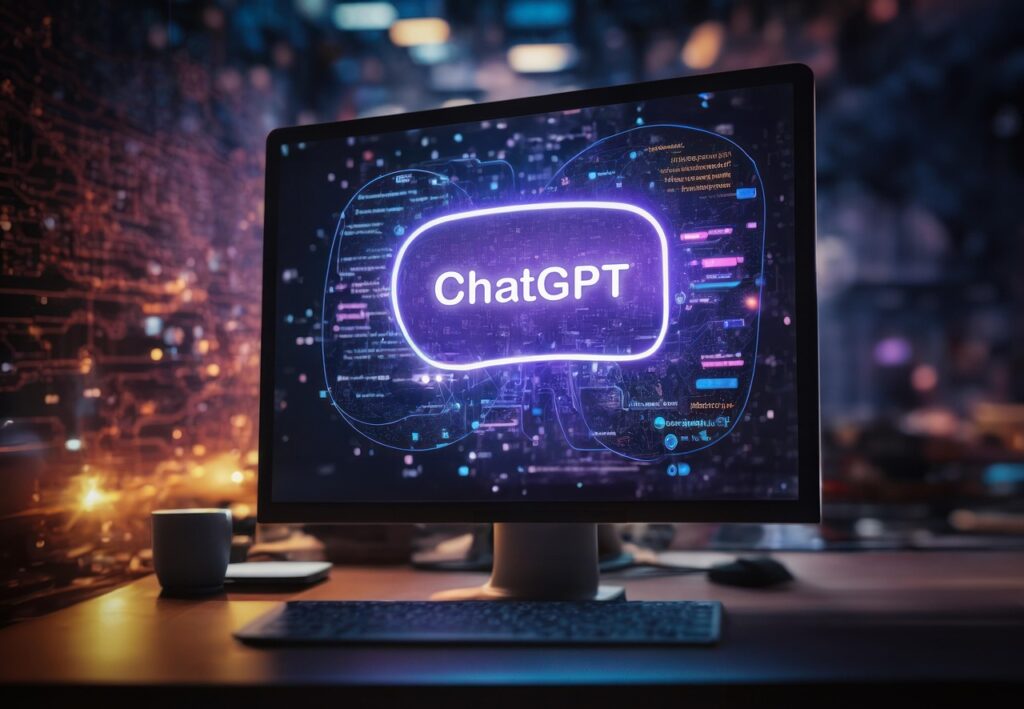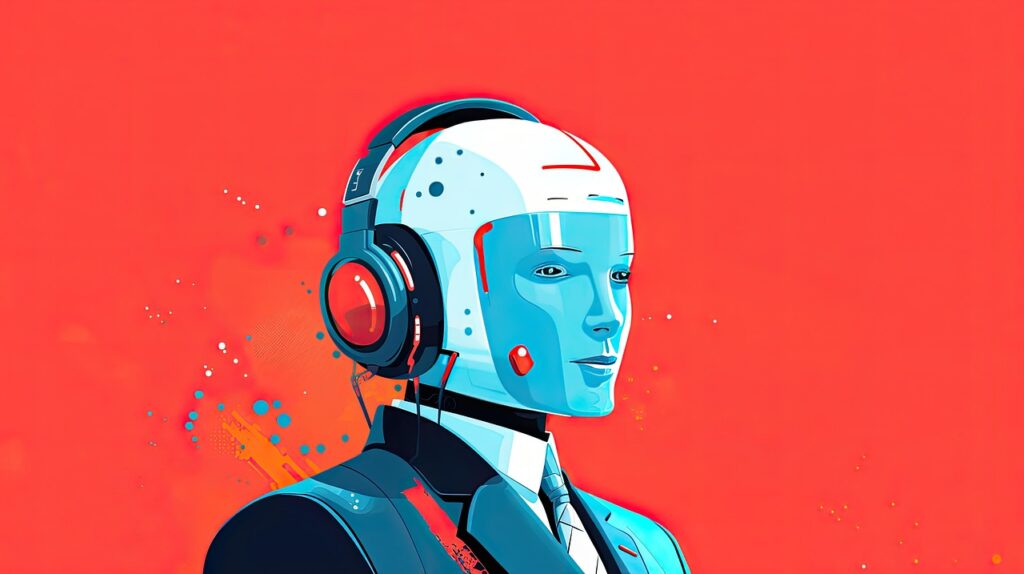In today’s fast-paced digital environment, customer expectations are higher than ever. They want fast, accurate, and friendly service — whether they reach out via chat, email, or social media. This is where AI tools like ChatGPT have become game-changers for businesses.
ChatGPT isn’t just another chatbot; it’s an intelligent assistant that can help your customer service team craft personalized, professional, and efficient responses in seconds. Let’s explore how you can use ChatGPT effectively to create and improve customer service scripts.

1. Understanding the Role of ChatGPT in Customer Service
ChatGPT, developed by OpenAI, uses advanced natural language processing (NLP) to understand human communication and respond naturally. Unlike traditional scripted bots, ChatGPT can adapt to tone, context, and even emotion — making it a powerful ally for customer-facing teams.
When used strategically, it helps customer service agents:
● Respond faster and more consistently.
● Handle repetitive inquiries automatically.
● Improve tone and professionalism in written communication.
● Reduce response errors and increase customer satisfaction.
2. Creating Ready-to-Use Response Templates
One of the most practical uses of ChatGPT is to generate customer service templates for common situations. These can include greetings, order confirmations, troubleshooting guides, refund explanations, and follow-up messages.
Example prompt for ChatGPT:
“Create a polite and empathetic response for a customer who received the wrong product order.”
ChatGPT can instantly produce a message that’s both professional and human-sounding. You can then customize it further to match your company’s tone and policies.
Pro Tip: Use ChatGPT to generate multiple versions of the same response — formal, friendly, or concise — and test which tone your customers respond to best.
3. Training ChatGPT to Match Your Brand Voice
Consistency is key in customer communication. You can “train” ChatGPT to reflect your brand’s tone by providing examples of your company’s preferred language style.
For example:
● If your brand is friendly and casual, prompt ChatGPT to write in a conversational tone.
● If it’s formal and technical, ask for precise, business-focused language.
By refining prompts, you ensure your customer service messages align with your company identity while maintaining clarity and empathy.
4. Enhancing Live Chat and Email Interactions
Customer service teams often struggle with high message volumes. ChatGPT can be used as a real-time assistant to help agents craft or improve responses during interactions.
For instance:
● In live chat: Agents can use ChatGPT to rephrase responses for better clarity or tone before sending them.
● In email support: ChatGPT can draft full responses based on ticket information, allowing human agents to review and personalize before sending.
This hybrid approach maintains quality while significantly increasing efficiency.
5. Automating FAQs and Self-Service Responses
You can integrate ChatGPT-based systems into your website’s FAQ section or support chatbot to automatically answer repetitive questions — such as order tracking, account updates, or payment troubleshooting.
However, it’s essential to combine automation with human oversight. ChatGPT works best when it provides first-level support and then escalates complex issues to a real agent.
Pro Tip: Regularly update the AI with your company’s latest FAQs and policies to keep responses accurate and relevant.
6. Handling Difficult Conversations with Empathy

Customer service isn’t just about resolving issues — it’s about maintaining relationships. ChatGPT can help teams navigate difficult situations by suggesting empathetic, calming language for frustrated customers.
Example prompt:
“Craft a kind and considerate message for a customer concerned about a late shipment.”
This helps ensure every response shows empathy and professionalism, reducing emotional friction and protecting your brand reputation.
7. Analyzing and Improving Your Scripts Over Time
AI tools like ChatGPT can also be used to review and optimize existing scripts. By inputting previous customer conversations, you can ask ChatGPT to identify areas for improvement — such as unclear language, tone inconsistencies, or missed personalization opportunities.
This ongoing refinement ensures your communication evolves with customer expectations.
Conclusion: A Smarter Way to Serve Your Customers
Using ChatGPT for customer service doesn’t replace human connection — it enhances it. By automating repetitive tasks, improving response quality, and maintaining a consistent tone, ChatGPT empowers your team to focus on what matters most: delivering outstanding customer experiences.
The key is to combine AI efficiency with human empathy — using ChatGPT as a supportive tool, not a replacement.
Whether you need to host your knowledgebase for ChatGPT or create some out of the box solution, use SoftSys Hosting cloud hosting services to make the most out of your AI business platform.